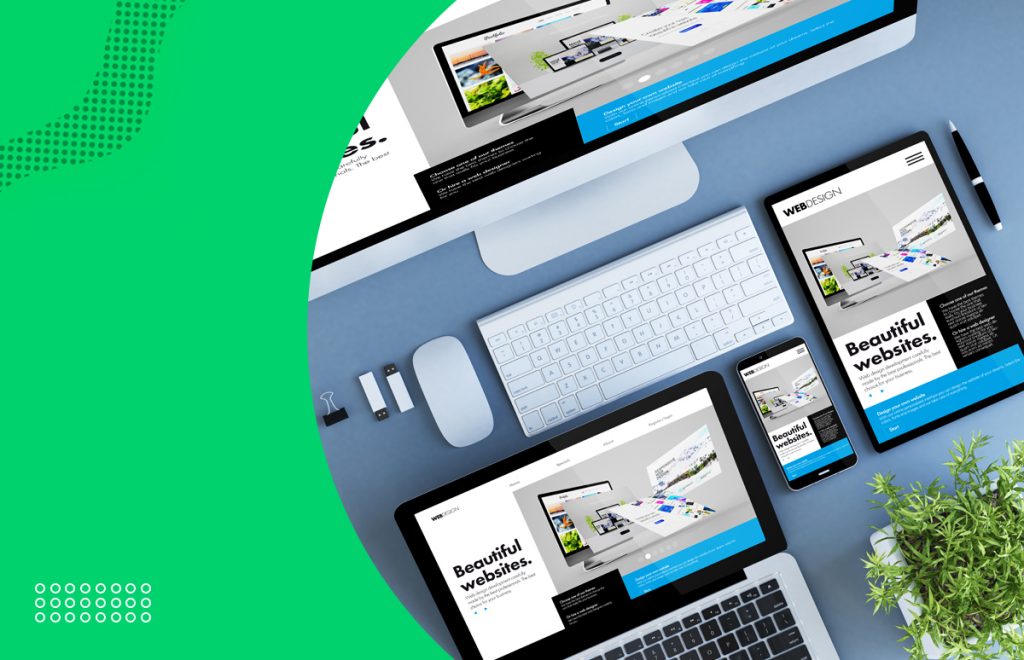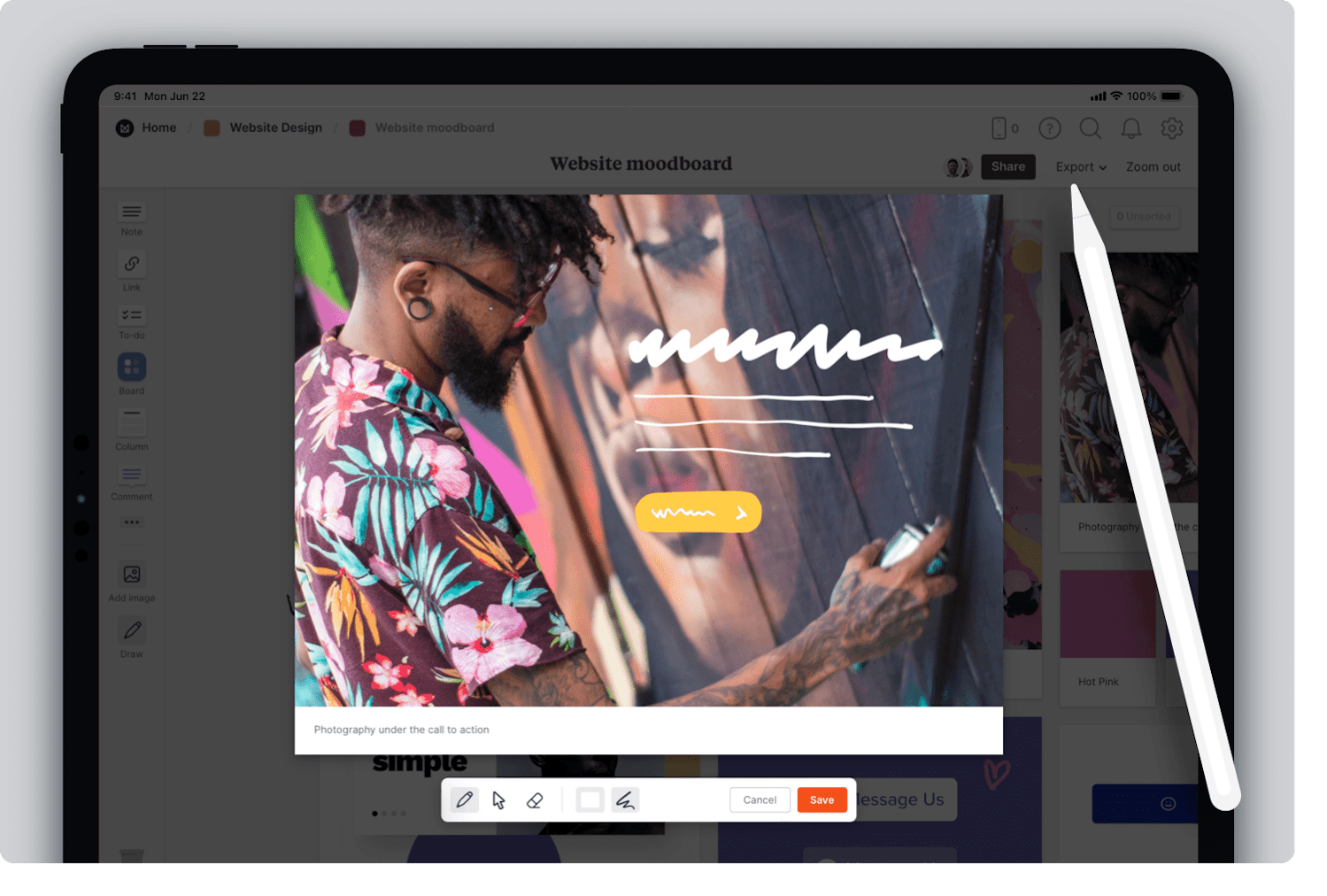The Ultimate Overview to Modern Web Site Design Trends
In the ever-evolving electronic landscape, modern-day internet site layout fads play a critical duty in forming customer experience and involvement. From the rise of minimalist design principles that prioritize simplicity to the effect of bold typography in defining brand identification, each component adds to a natural on the internet existence.
Minimalist Design Principles
Minimal layout principles highlight the concept that less is more, promoting for simpleness and functionality in visual interaction. This strategy remove unnecessary elements, focusing instead on crucial components that communicate the designated message successfully. By prioritizing quality, minimalist design improves user experience, permitting site visitors to navigate websites easily.
Core tenets of minimal layout include making use of ample white area, which develops a sense of balance and company. This negative area not just routes the audience's interest to crucial elements yet also fosters a soothing aesthetic atmosphere. Additionally, a restricted color combination is commonly used, making use of soft hues or monochromatic plans to preserve visual cohesion and avoid frustrating the user.
Typography plays a critical duty in minimal layout, where understandable fonts are selected for their simplicity and efficiency in interacting web content. Graphics and photos are made use of moderately, making sure that they offer a function rather than distract from the overall message. Eventually, minimal style principles grow a concentrated atmosphere that urges customers to involve with the material, enhancing the total effectiveness of modern website layout. This pattern reflects a growing gratitude for thoughtful, user-centric aesthetics in digital areas.
Bold Typography Selections
Embracing strong typography choices has ended up being a specifying quality of modern website style, as it properly captures focus and conveys solid messaging. Designers are significantly making use of typography not merely as a practical component but as an essential visual part that enhances the overall aesthetic and user experience.

Additionally, the juxtaposition of bold typography with minimal style principles enables striking contrasts, enhancing readability while maintaining aesthetic appeal. The use of whitespace around vibrant text even more emphasizes its relevance, guaranteeing that the message resonates with the target market.
As digital landscapes end up being extra competitive, leveraging vibrant typography enables brands to differentiate themselves and leave an enduring impression. The careful option of font styles and their application can evoke feelings, establish tone, and drive activity, making bold typography a crucial tool in modern-day internet site style. Eventually, it is an effective way to improve storytelling and ensure that vital messages are not only seen but likewise really felt.
Mobile-first and responsive Layout
Mobile-first and responsive style has emerged as a critical concept in modern web site development, mirroring the boosting dependence on mobile devices for accessing online material. As individual actions changes towards mobile surfing, designers need to focus on developing experiences that adjust flawlessly across different display dimensions and resolutions.
A receptive design makes certain that an internet site immediately adjusts its design, pictures, and performance based upon the tool being made use of. This strategy enhances user experience by giving constant navigation and readability, irrespective of whether the site visitor gets on a desktop computer, tablet, or mobile phone computer. Moreover, mobile-first layout supporters for creating websites initially for smaller sized screens, ultimately scaling approximately larger displays. This strategy encourages an extra structured and effective design procedure, concentrating on crucial web content and performance first.
Implementing mobile-first and responsive concepts not only accommodates customer choices yet likewise lines up with search engine optimization (SEO) methods. Significant online search engine, like Google, focus on mobile-friendly web sites in their positions, making it essential for companies to take on these style approaches. In a competitive digital landscape, welcoming mobile-first and responsive layout is not just a choice; it is necessary for guaranteeing access and involvement with a diverse audience.
Engaging Microinteractions
Microinteractions play an essential role in improving user involvement and general internet site experience, especially in the context of responsive and mobile-first design. These subtle design components provide immediate responses to customers, making communications extra instinctive and pleasurable. Examples consist of button computer animations, notice alerts, and filling indications, which not only guide customers yet also produce a sense of link with the interface.
Integrating interesting microinteractions can dramatically enhance functionality by reducing cognitive load. When individuals obtain acoustic or visual responses upon carrying out actions, such as clicking a switch or sending a type, they really feel extra confident in their options. This promotes a smoother navigating redirected here experience, eventually boosting individual retention.

As website layout patterns proceed to progress, the significance of microinteractions can not be overemphasized. They function as the subtle yet effective touchpoints that transform average communications into extraordinary experiences, therefore boosting the overall efficiency of modern-day website design.
Sustainable Website Design Practices
Sustainable website design methods are coming to be significantly necessary as the electronic landscape grows and ecological concerns rise. Developers and designers are acknowledging their duty to create web sites that not just offer customer demands but additionally lessen environmental influence. This approach encompasses several crucial approaches.
Firstly, optimizing power consumption is critical. Internet sites need to be created to load swiftly and effectively, which lowers server power use and improves user experience. Methods such as picture compression, reducing HTTP requests, and using modern-day coding methods contribute dramatically to this objective.
Secondly, choosing eco-friendly organizing suppliers is essential - website design. Lots of holding about his firms are currently powered by sustainable energy sources, making it possible for web sites to run in a more lasting fashion. This choice shows a dedication to lowering carbon footprints
Furthermore, adopting a minimal design can boost sustainability. Less elements on a web page cause less data transfer, which not only speeds up loading times yet additionally saves sources.
Lastly, advertising electronic availability makes certain that sites reach a bigger audience without unnecessary bloat, lining up customer experience with ecological responsibility. By incorporating these sustainable practices, web designers can contribute favorably to both customer interaction and the planet's well-being.
Final Thought
In summary, contemporary internet site layout fads highlight the assimilation of this article minimalist concepts, strong typography, and responsive design to enhance user experience. Embracing these patterns is essential for creating impactful electronic experiences that reverberate with individuals in an increasingly affordable on-line landscape.
In the ever-evolving digital landscape, modern internet site style trends play a crucial duty in shaping individual experience and interaction. By prioritizing clearness, minimal style improves customer experience, allowing site visitors to browse internet sites easily.
Inevitably, minimalist design concepts cultivate a focused atmosphere that urges customers to involve with the material, enhancing the general performance of contemporary website layout.Microinteractions play a pivotal duty in boosting individual engagement and general website experience, particularly in the context of mobile-first and responsive layout.In recap, modern website style patterns emphasize the assimilation of minimalist concepts, strong typography, and responsive design to boost user experience.